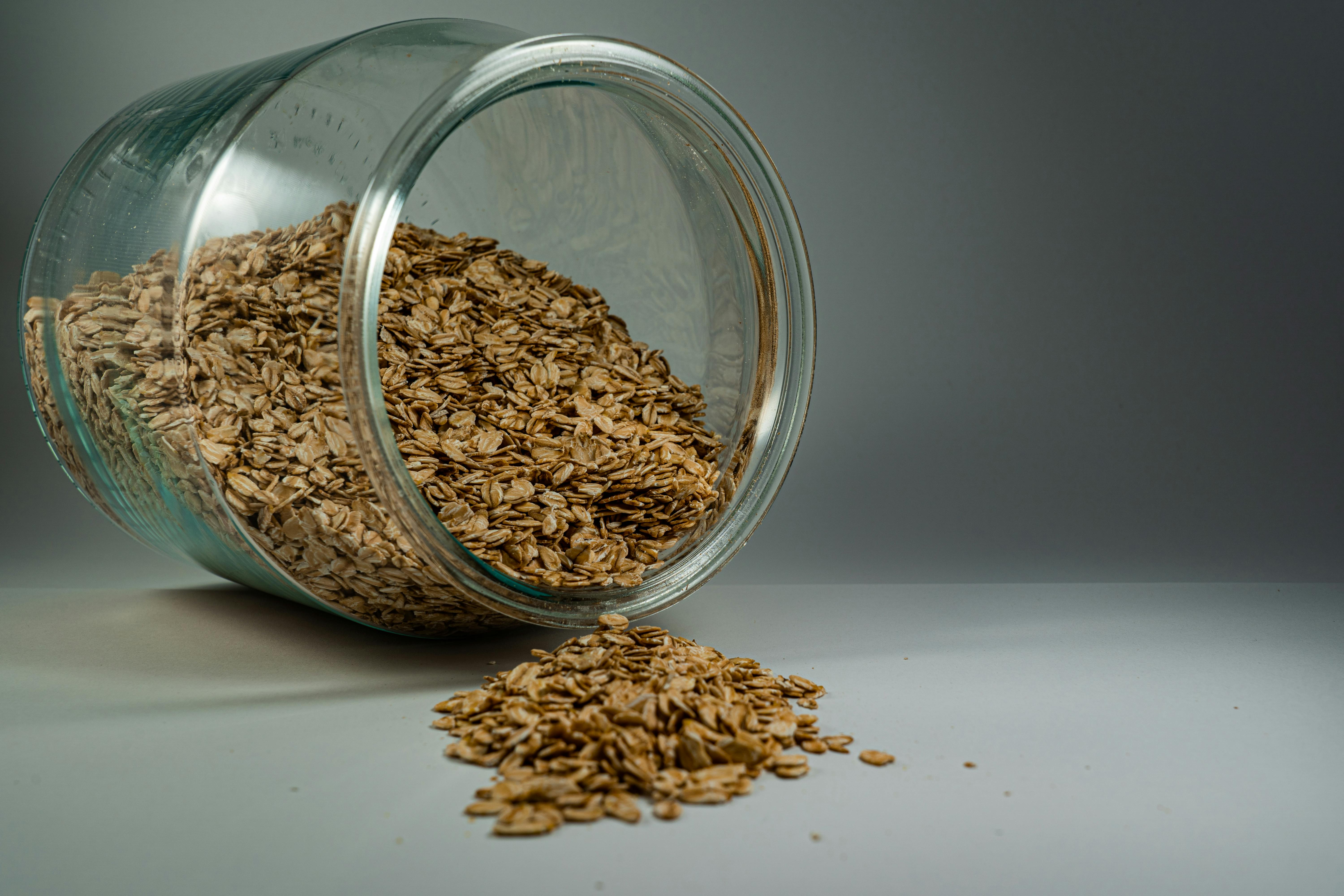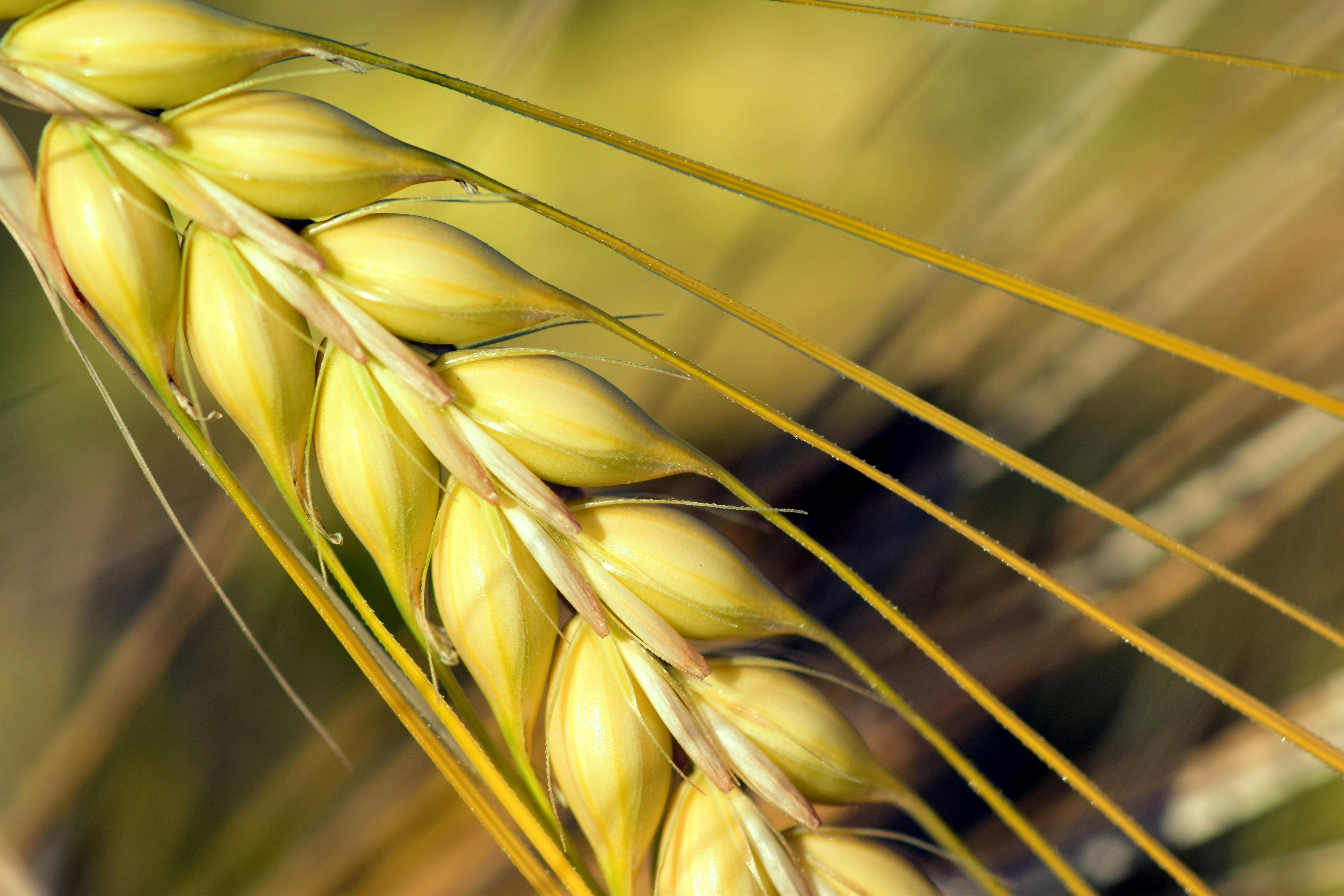Ditch the Pills: A Doctor's Guide to 15 Foods That Naturally Crush Bad Cholesterol
High cholesterol can feel like a heavy word, but it’s really a story about what’s moving through your body—and what you can do about it. Cholesterol itself isn’t “bad,” but too much low-density lipoprotein (LDL) can build up in our arteries, quietly adding to our health worries over time. The good news? Years of research point to a truth few headlines mention: everyday foods, not just medications, hold real power in supporting your heart’s well-being. These are changes you can actually taste, see, and savor, bite by bite. No single food is a miracle, but a balanced, thoughtful diet can reshape your cholesterol story with every meal. This doctor-inspired list celebrates 15 nourishing foods—each with evidence behind it and practical ways to bring it onto your plate. If you’re taking medication or managing a medical condition, keep your care team looped in as you make new choices. This isn’t about cutting things out forever or doing a total life overhaul overnight. Instead, consider this a warm invitation: swap just one snack, try a new side, or get curious in the grocery aisle. Your heart is listening—and every gentle swap is a step towards feeling your best. Ready to meet your food allies? Let’s discover the simple, delicious options that genuinely help lower LDL, raise HDL (“good cholesterol”), and make every meal a chance to care for yourself.
1. Oats

There’s a reason oats have stuck around on breakfast tables for generations. These humble grains are packed with soluble fiber—specifically beta-glucan—which acts like a sponge in your digestive tract, soaking up excess LDL cholesterol before it can cause harm. Several clinical studies show that just one and a half cups of cooked oats a day can lower LDL by 5–8% over time. The real secret lies in consistency: a warm bowl every morning goes a long way. Try swapping cold cereals for steel-cut or old-fashioned oats. Top with berries or sliced apples for extra cholesterol-busting power. Oatmeal doesn’t have to be bland—experiment with cinnamon, a sprinkle of nuts, or even savory stir-ins. Not into porridge? Add oat flour to pancake mixes, or use oats in homemade energy bars. If you’re new to higher-fiber foods, start slow and drink plenty of water to help your body adjust. Gentle shifts—like an oatmeal breakfast—are acts of self-care that build on themselves, fueling your heart with every spoonful.
2. Barley

Barley often hides in the background of soups and stews, but its cholesterol-lowering superpower deserves the spotlight. Like oats, barley is rich in soluble fiber, which helps reduce the absorption of LDL cholesterol. Clinical research has shown that consuming barley can help decrease not only LDL, but also total cholesterol, sometimes within four weeks when eaten regularly. Barley’s pleasing texture makes it a versatile grain to swap in for rice or pasta. Toss cooked barley into salads, or make a simple barley soup with vegetables for a hearty, filling meal. You’ll nourish your heart and stay full longer—a win for both wellness and your taste buds. When buying barley, look for hulled (whole grain) or pearl barley for the best results. Start by adding a half-cup serving most days. Remember, every grain is progress; a small bowl at lunch can quietly add up to real change over the weeks.
